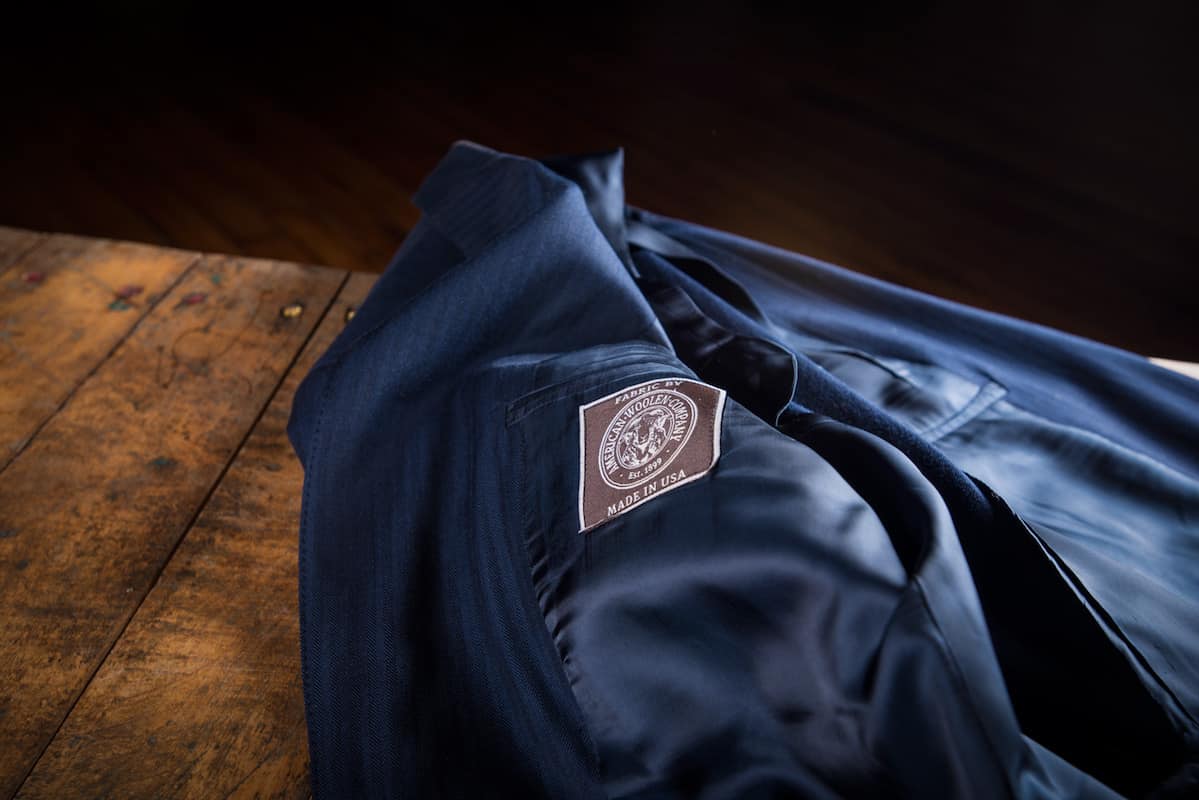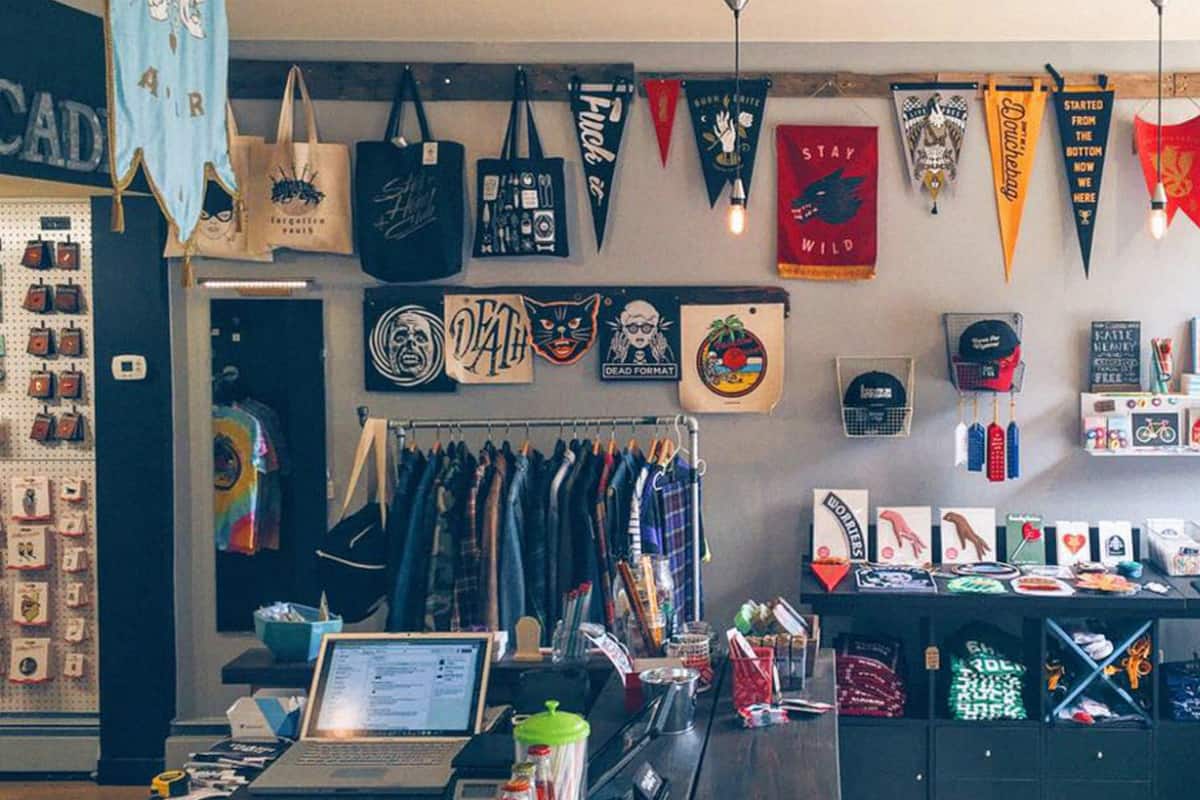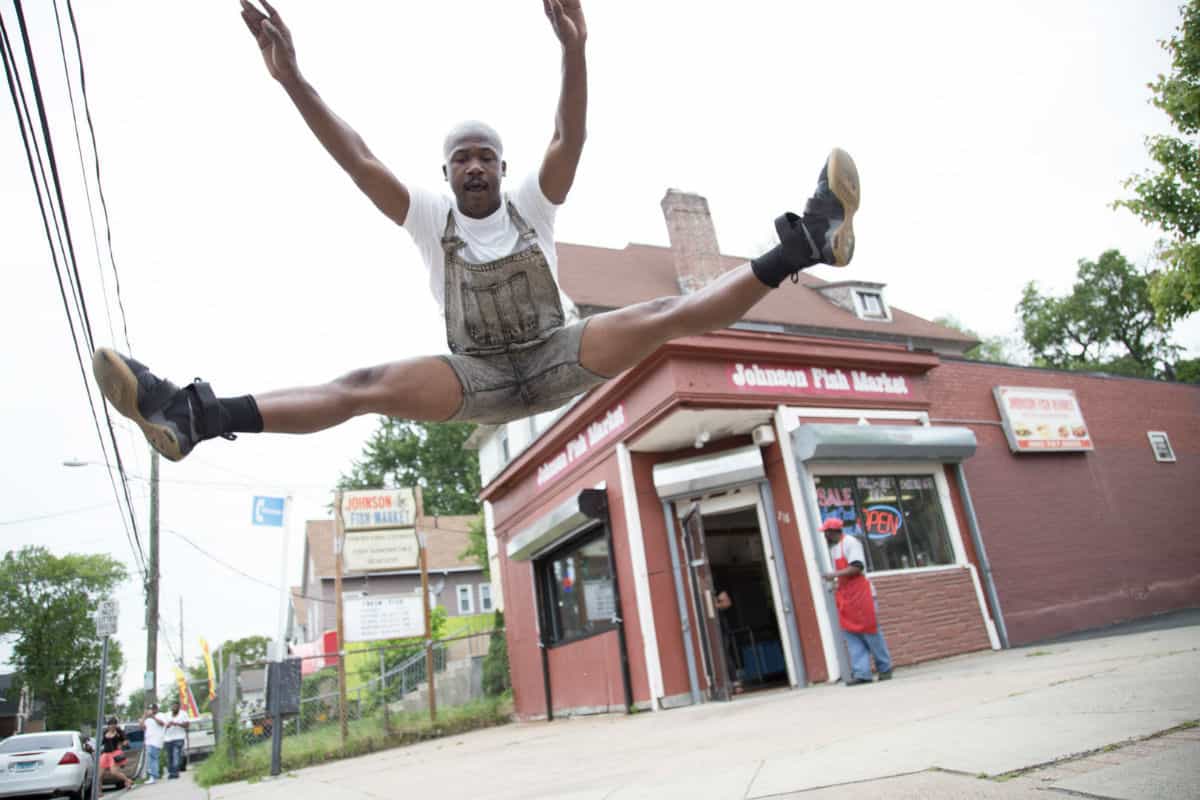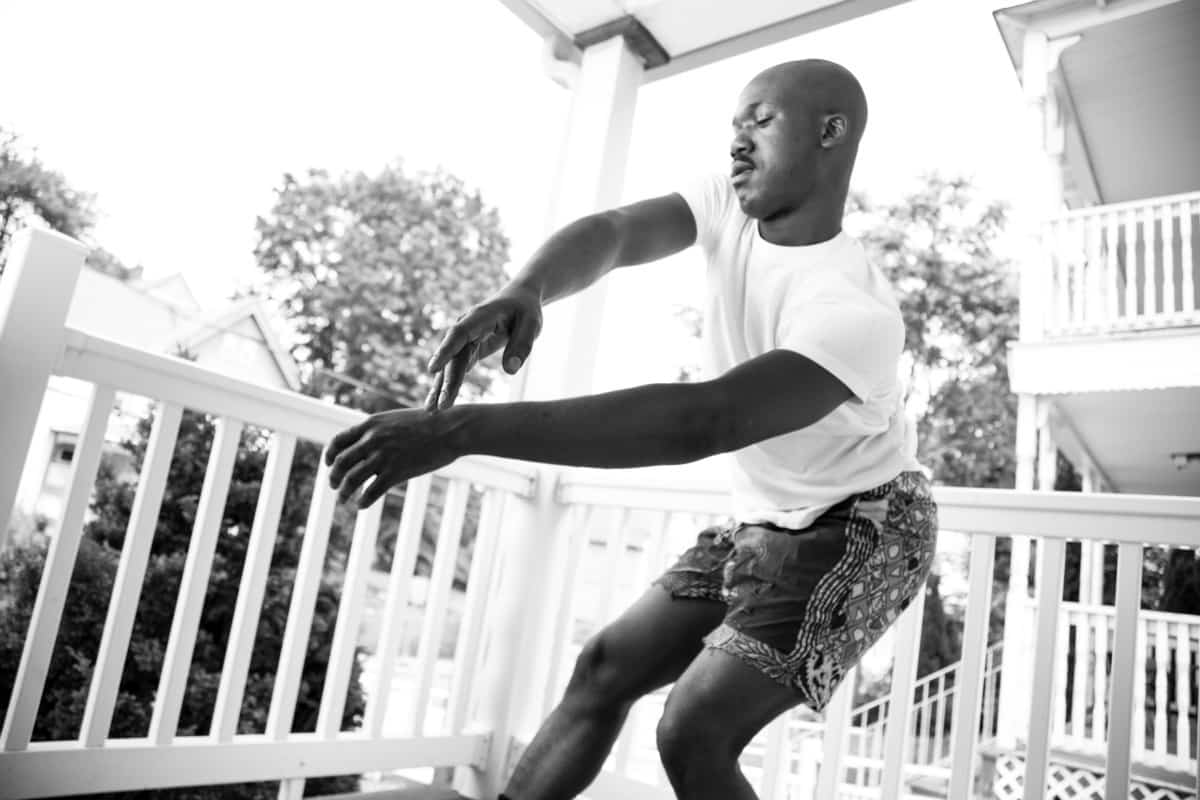Paris, Milan, London, and New York have long been the fashion capitals of the world. Now add Stafford Springs Connecticut.
“How many people wanted to work in a brewery in 1979?” asks Jacob Long during our discussion about fashion. Long’s American Woolen Company (AWC) is one of only two luxury worsted and woolen mills in the US. “It’s about craftsmanship applied to all – look at the beer industry,” he explained. “American brewers have been able to establish for themselves a proprietary taste in craft beers.”
Long makes a compelling case. As with American breweries, American fabric manufacturers can bring new, luxe products that are created with skillful artistry with New England especially primed to provide a home-base for these new luxury industries. The proprietary product of American Woolen Company, located in Stafford Springs CT, is unabashedly unique, but its potential to become a massive cultural movement and economic powerhouse comes from our history.
“No one wanted to work in a brewery then,” Long finishes, “Now? Kids are dying to get an interview and start a career at breweries.”
The prêt-à-porter and couture fashion seasons begin with fabric manufacturers about two years ahead of when the clothes will be sent down runways. Fashion designers work with these luxury mills to establish colors, textures, source material, and numerous other details. As the only mill in America that produces fabrics in alpaca, noble fibers, and cashmere, American Woolen Company fills a vacuum in the indulgent fabric market. As a result they’ve become a huge hit with younger designers who want to domestically source their material.
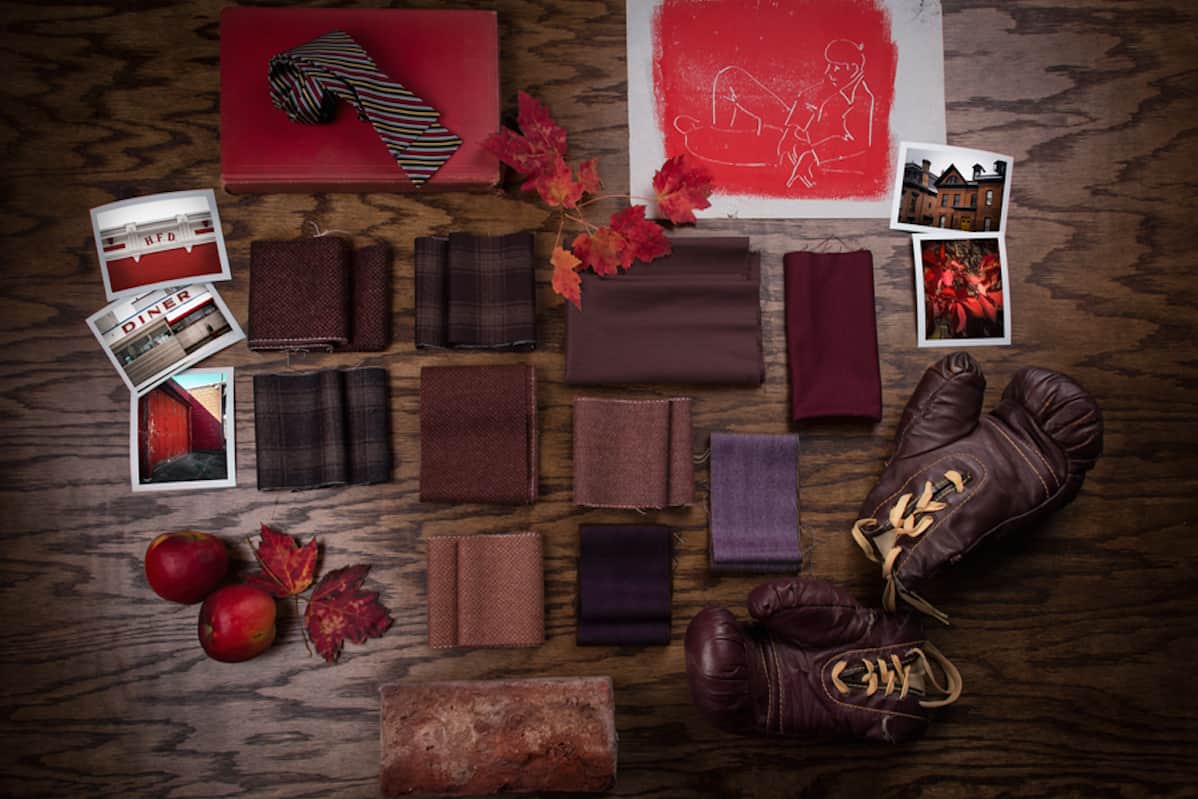
Red Color Story Fall/Winter 2017 |
Photo courtesy of American Woolen Company
Color, says Long, is what really ties the product to New England. “Europeans, by and large, think of American-style as either southern California or old New England,” Long explains. “Much of what we do is try to define the New England color aesthetic.” Each season’s color story comes from a different geographical region. Hudson, NY is influencing the AWC Fall/Winter 2017 scheme, with the town’s whaling industry past bringing bone white into the collection.
Long’s design model revolves around the idea that an American luxury aesthetic must begin with culturally-sourced colors and palettes. American fashion has long embraced buying extravagant fabric and materials from overseas, which brings the color trends of the Italian and French designers to American department stores – often resulting in higher sale prices. The clothing might embrace American design, but if the colors were American inspired, they tended towards stereotypical California beach tones or the hues of an autumnal New England meadow.
“It is a New England cut? An American cut?” Long extrapolates, “Sure, but it terms of the fabric there’s a lot of variables to be explored. The emphasis [by the fabric production industry] wasn’t on the advancement of an American fashion aesthetic all its own. Anyone can sell you fabric, but only we can sell you American woolen fabric.”
Successfully marketing a proprietary product is proving easy for American Woolen Company. Within their first year of opening, domestic fashion brands reached out to the company. “We are present at New York Fashion week…every brand we’ve been working with has an American capsule collection on the market, on the drawing board, or in the works.” Long says ninety-nine percent of their advertising is word of mouth with much of their clientele of young designers providing copious helpful publicity through their social media engagement.
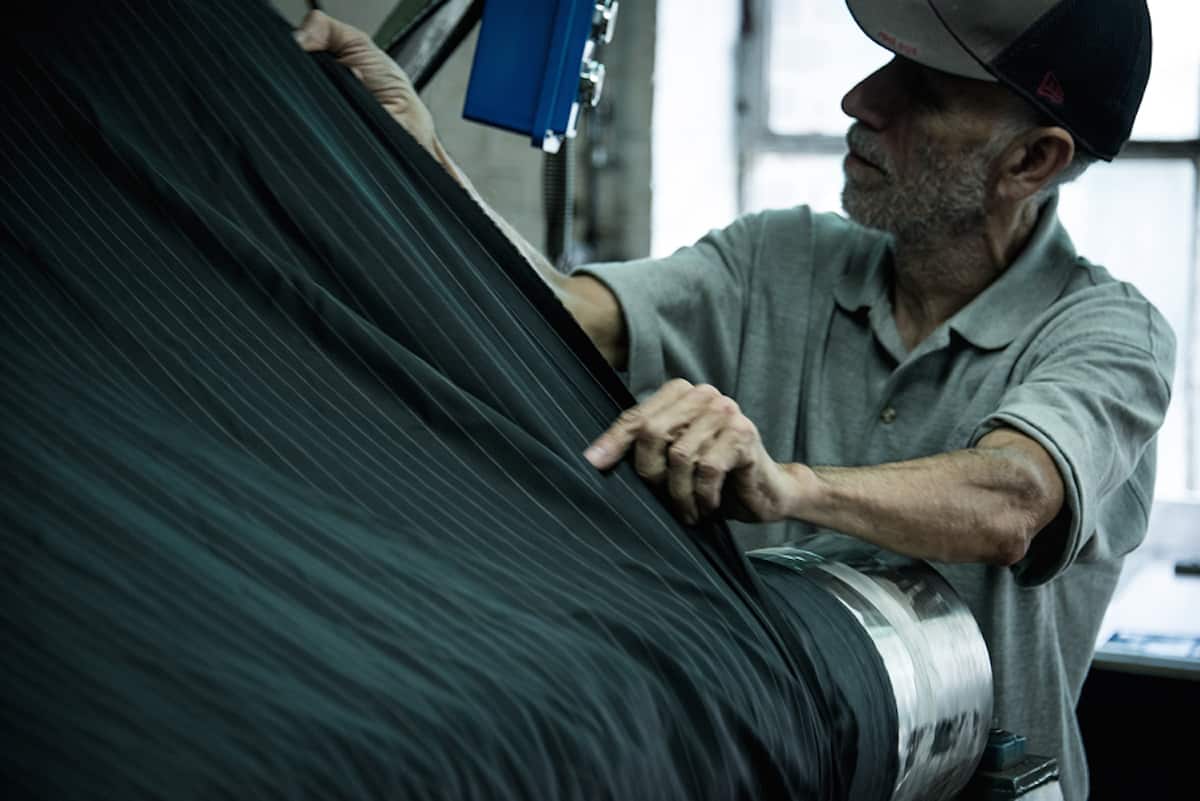
Photo courtesy of American Woolen Company
Long seems thankful but unsurprised by AWC’s immediate popularity as fashion brands embrace several different types of American cultural looks. Although, Long still feels that, “[Americans] have fashion brands but we don’t have iconic luxury manufacturing. We don’t have them because we don’t have production in America.”
Indeed, in his search for livestock to get wool from, Long ran into a quantity problem. American sheep that are bred for woolen knits have extremely high-quality wool but there simply aren’t enough of them. Sheep farmers can make more money raising them for food. And yet, “Made in America, Made in New England – has tremendous export potential,” Long said, “People want to know what farm their food comes from, and want to apply that to clothes”.
Manufacturing, according to Long, is the key and revitalizing the industry in this country. Long was shocked to discover that New England, in spite of a lengthy and historic relationship with the fashion production world, has minimal textile production infrastructure. “If I can’t get workers at a machine, I can’t get anything,” Long explains, “but can you imagine if our consumer tastes shifted to Made in America, how many jobs we could create?” Rebranding textile manufacturing to be an appealing and lucrative career path might seem like a fruitless venture, but Long points, once again, to American breweries and their renewed cultural and economic prominence.
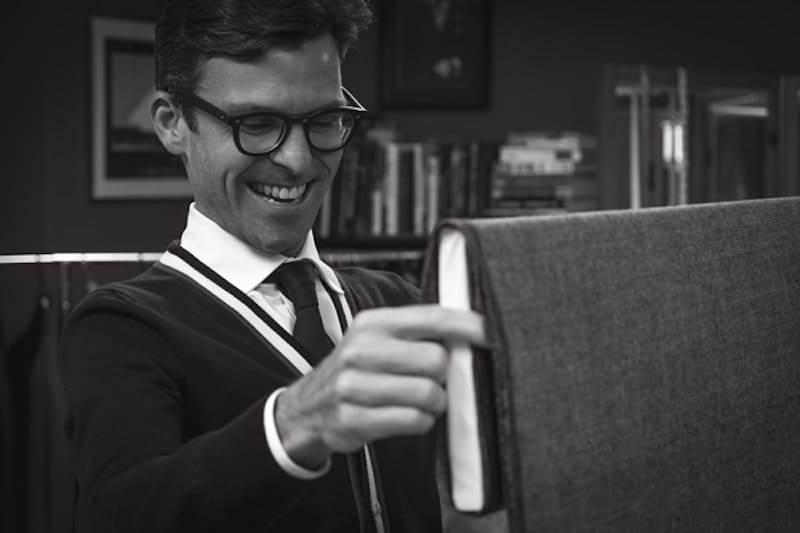
Jacob Long | Photo courtesy of American Woolen Company
Although Long’s past is in the business industry, his reverence for the fashion world is evident, “First, get the fashion right.” Craftsmanship takes priority overall, as it is with a great number of artistic industries in New England, but Long’s vision is to make the northeast the center of an American artistic revolution. In today’s political and economic climate, it is refreshing to hear an optimistic voice. Even more uplifting still, is to observe a company like American Woolen Company skyrocket to early success.

